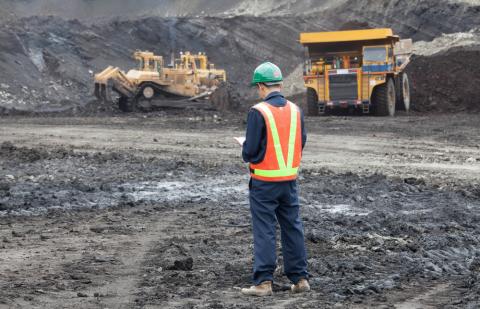IEEFA Asia: In Shenhua Data, Evidence of a Changing Economy in China
We’ve just posted a research memo detailing the latest information out of China Shenhua Energy Company, encompassing a trove of data that provides key information on the Chinese coal and electricity sectors—and on expectations looking forward.
What the Shenhua snapshot tells us, in summary, is that the Chinese electricity sector is rapidly diversifying away from excessive reliance on coal and that the government of China is aggressively pursuing a series of polices to drive reform and reduce excess capacity in heavy industry (with coal mining/power generation and steel two areas of immediate priority focus).
Some key items we see as newsworthy:
- Shenhua was profitable in the six months to June 2016 (1HCY2016), but the return on assets was just 2.6% (vs 3.1% in 1HCY2015). Total revenues were 13% yoy, and net profit was down 19% yoy.
- The price of seaborne coal has been falling for the past five years, and so have domestic prices of Chinese markets. In the six months to June 2016 the domestic Chinese thermal coal price was again down 14.5% year-on-year.
- This collapsing fuel cost has meant the profitability of Chinese coal-fired power plants was at record highs in the six months to December 2015, notwithstanding collapsing utilization rates.
- The 2015 result was a record high 70GW of new coal-fired power plant build.The Central China government has repeatedly taken action to curtail stranded-asset build by banning new coal fired power plants and cutting the price of coal fired electricity at the start of 2016. Coal fired power wholesale tariffs fell 11.2% yoy in the June 2016 half to Rmb301/kWh (US$45/MWh).
- The stranded asset potential in China’s coal fired power plants are a major financial risk, on top of the financial distress of much of the Chinese coal mining sector at a time the government is closing 500Mt of coal mine capacity and retrenching 1.2 million coal mine workers.
- Shenhua reports the average Chinese coal fired power plant operated for just 2,031 hours in 1HCY2016, a record low utilization rate of just 46.4% (down from 49.4% in CY2015). Shenhua expects this to get worse in 2HCY2016, and this highlights the massive overcapacity dilemma of the Chinese economy.
- The Chinese government has mandated that its successful state-owned energy and resource enterprises (SOE) become more internationally focused. Shenhua is following this mandate and is expanding in Mongolia (coal mining), the U.S. (gas development), Australia (via its Watermark coal mine proposal) and Indonesia (coal mining and 2.6GW of coal-fired power plant development).
- Shenhua’s coal exports rose +117% yoy in 1HCY2016, but remain immaterial at 1.3Mt or 0.7% of total coal volumes of 186Mt. Shenhua’s EBIT cost of coal averaged just Rmb104 (-10.8% yoy) or US$16/t (FOR). Given this trent, a current thermal coal price of US$68/t looks very attractive for China to lift exports.
IEEFA expects China’s coal imports to continue to fall and China to emerge as a possible opportunistic, net exporter of thermal coal on any sustained price rally.
Tim Buckley is IEEFA director of energy finance studies, Australasia.
RELATED POSTS:
IEEFA Asia: In Sign of Continuing Shift, China Coal Production Down 9.7% in First Half of 2016
15.5% Drop in China Coal Production Shows Transition Gaining Speed












